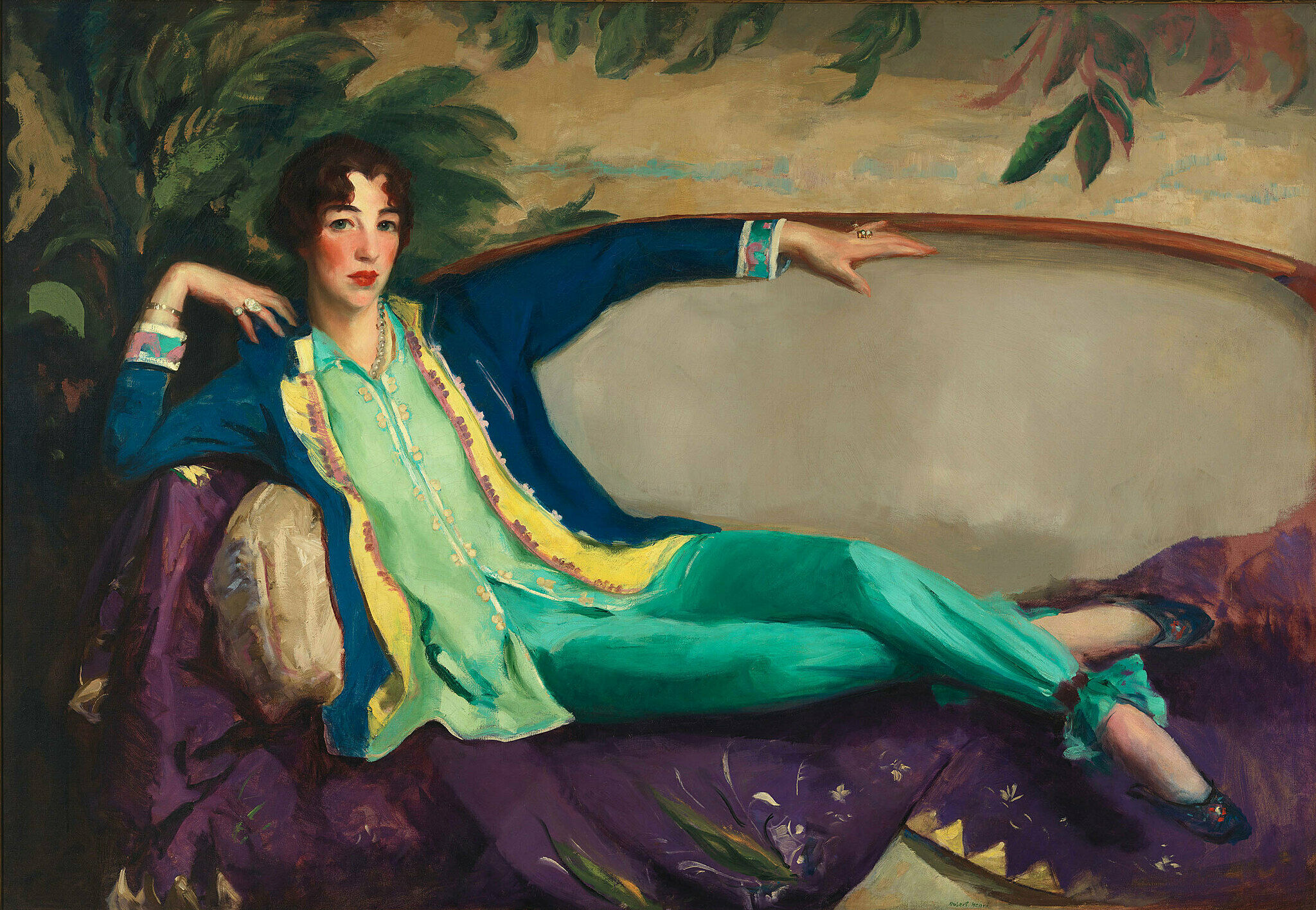Planned Giving
When Gertrude Vanderbilt Whitney passed away in 1942, she left a substantial bequest to ensure that the museum she founded would continue to exist as a testament to contemporary art in America. In 1968, Josephine Hopper, widow of Edward Hopper, enriched the Whitney’s permanent collection immeasurably with her bequest of the bulk of Hopper’s artistic estate. Over the years, many more individuals have strengthened the Museum with their own bequests, large and small. You too can contribute to the Whitney by making your own planned gift to the Museum.
By exploring the range of planned gifts, you may learn how you can achieve personal financial planning goals while making a significant contribution to American art.
For further information, please contact the Planned Giving Office at (212) 570-3608 or plannedgiving@whitney.org.
Ways to Give:
Bequests
A bequest made under one’s will is often the simplest way to make a meaningful gift to the Whitney. You may write a new will or simply add a codicil to your existing will. Bequests may come in any form—cash, securities, and other personal property, including works of art.
There are a number of ways to structure your bequest so that your gift benefits you and the Whitney:
- Outright bequest: a gift by will of a specific sum of money or property, including works of art
- Residuary bequest: provides the Whitney with a percentage or all of the remainder of a donor’s estate after specific bequests, debts, taxes, and estate expenses have been paid
- Contingent bequest: a gift that benefits the Museum only if other named beneficiaries predecease the person making the will
Become a Member of The Gertrude Vanderbilt Whitney Society
Retirement Plans
When you name children or other non-charitable heirs (other than your spouse) as beneficiaries of your retirement plans, they receive only a small fraction of the plan’s face value, since inherited assets of retirement plans are subject to both estate taxes and income taxes. You may wish to designate the Whitney as the beneficiary of all or part of your retirement plan assets and set aside other assets for family and friends. As a tax-exempt organization, the Museum will generally receive the full amount of the plan’s value.
Life Insurance
You may name the Whitney as a beneficiary of all or part of a new or existing life insurance policy. Depending on the type of policy donated, you may receive an immediate income tax deduction and be able to deduct any future premium payments on the policy.
Charitable Gift Annuities
A charitable gift annuity is a simple contract between you and the Whitney. In exchange for your irrevocable gift, the Museum agrees to pay you (and/or another beneficiary named by you) a fixed sum each year for life. Annuity rates are fixed and are determined based on the age of the annuitant(s). At the end of the annuity term, the gift balance is turned over to the Museum. In addition to a secure, lifetime income stream (some of which may be tax-free), you also qualify for an immediate income tax charitable deduction, avoid capital gains tax on the gift transfer, and reduce your taxable estate—all while making a gift to the Whitney.
Charitable Lead Trusts
With a lead trust, you donate assets to a trust that makes payments to the Whitney for the term of the trust. When the trust terminates, the assets are transferred back to you or directly to your heirs, as pre-designated by you. If the trust assets revert to you at the end of the trust term, your gift entitles you to an immediate income tax charitable deduction. If the trust assets are transferred to someone other than you at the end of the trust term, you enjoy a substantial reduction in estate and gift taxes on the future transfer to your heirs.
Charitable Remainder Trusts
When you establish a charitable remainder trust, you make an irrevocable gift which is placed in the trust. You determine the payout rate and structure and direct who oversees your trust, as well as how your trust is managed. Income from the trust is paid to one or more beneficiaries designated by you for a period of years. At the end of the trust term, the trust principal is turned over to the Whitney to be used as you set forth in the trust document. When you fund a trust gift, you not only receive an income stream for the life of the trust, but you also qualify for an immediate income tax charitable deduction, avoid any capital gains tax on the transfer, and reduce your taxable estate.
Legal Name: Whitney Museum of American Art
Address: 99 Gansevoort Street
New York, NY 10014
Tax ID: EIN 13-1789318
The material presented on this site is not offered as legal or tax advice. For assistance with your particular information, please consult your attorney, tax advisor, financial advisor, or other professional.
